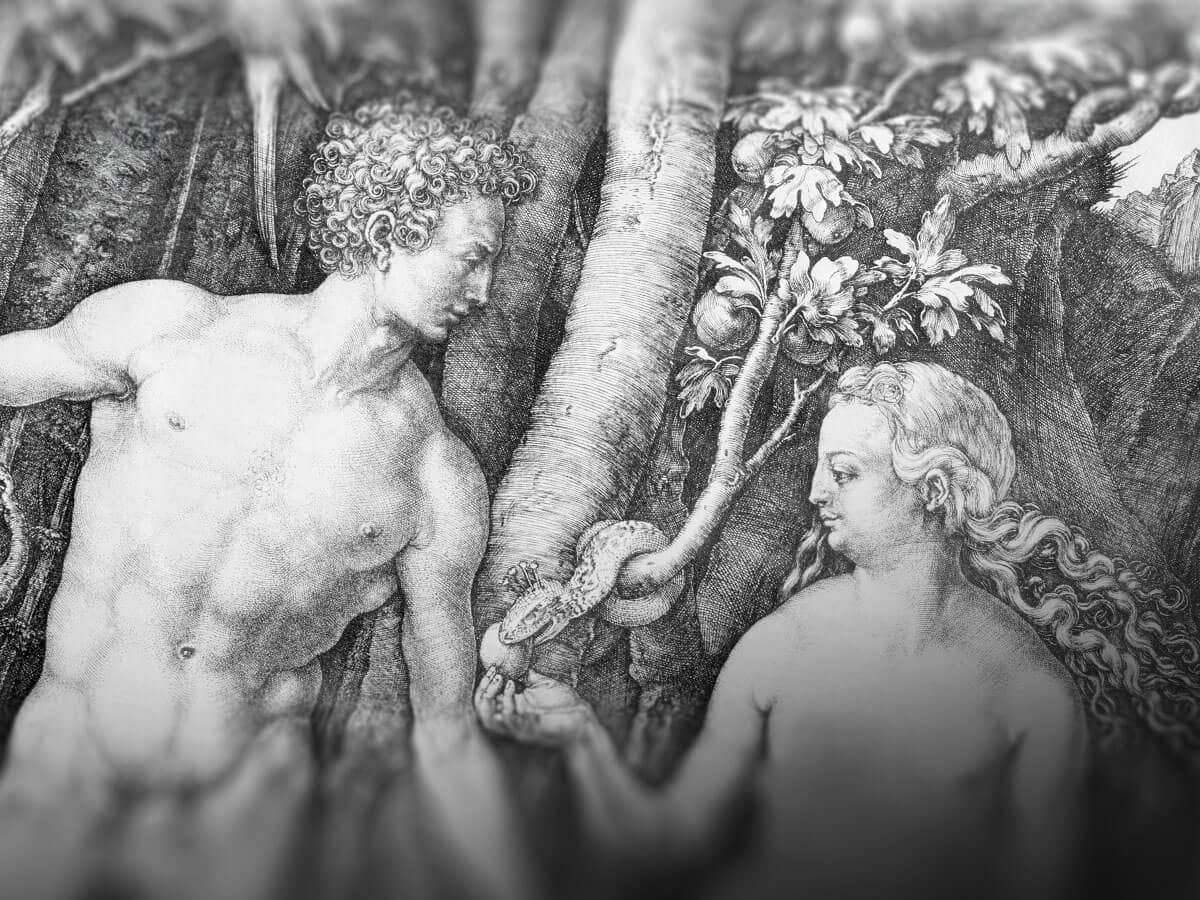This period, with Tisha B'Av at its apex, is meant to mark a host of catastrophes customarily believed to have taken place at this time of year. According to tradition, the 17th of Tammuz, the date marking the beginning of the Three Weeks, marks the day Moses found the Israelites worshipping the Golden Calf and broke the tablets of the Ten Commandments; the interruption of the Temple service by the invading Babylonians, and the breaching of the walls of Jerusalem by the Romans in the Second Temple era. The ninth of Av, meanwhile, is the day on which the first and second Temples are said to have been destroyed. It is also a sort of all-purpose commemoration, serving as a day for remembering a number of Jewish history's catastrophes from the Chmielnitzki Massacre of 1648-9 to the Holocaust (the first deportations from the Warsaw Ghetto took place on Tisha B'Av).
The primary focus of Tisha B'Av, though, is on the destruction of the Temple, both by the Babylonians in 586 BCE and the Romans in 70 CE. While the loss of the first Temple was a disaster, leading to a half-century's exile in Babylon before the return to Israel and the building of a new Temple, the destruction of the second Temple was incomparably worse-and more permanent. The Roman invaders demolished the Temple, salted the land to prevent any future growth, and precipitated what would become an almost-2,000-year exile of the Jewish people from Israel. The hope that the Temple will be rebuilt remains a fixation of the Jewish imagination, and an object of daily prayer.
Tisha B'Av is the annual reminder of the enormity of our loss. And yet, if we are to be fully honest with ourselves, there is something less than forthright about Tisha B'Av's mourning. We mourn the absence of the Temple, and pray for its eventual rebuilding, believed to be a harbinger of the Messiah. The third Temple has become the symbol of all that has been lost and will return to the Jewish people, but do we really want it back?
Not only do we not want it back, the destruction of the Temple actually marks the shift from Judaism 1.0 to Judaism 2.0-the move from the angry, jealous sex-and-violence Judaism of the Torah to the kinder, gentler, scholarly Judaism of the Talmud. This transition is captured in a famous story recounted in the Talmud. Rabbi Yochanan ben Zakkai, having won permission to ask a single favor from then-Roman general Vespasian for having correctly predicted his ascension to emperor of Rome, asked for the right to establish a yeshiva in the town of Yavneh, north of Jerusalem. Smuggled out of Jerusalem in a coffin to save himself from Jewish revolutionaries demanding that every Jew die in the defense of the holy city, Rabbi Yochanan emerged on the other side with the seed of what would become the new Judaism.
As Jonathan Rosen puts it in his magisterial book, "The Talmud and the Internet," "ben Zakkai's journey in his coffin is the symbolic enactment of the transformation Judaism made when it went from being a religion of embodiment to being a religion of the mind and of the book. Jews died as a people of the body, of the land, of the Temple service of fire and blood, and, in one of the greatest acts of translation in human history, they were reborn as the people of the book."
Despite the canard that Judaism is ahistorical and unchanging, Tisha B'Av memorializes an enormous historical change in the ways Jews practice Judaism. Most Jews do little other than pay lip service to the return of the Temple, and in fact hedge our bets about even that, because it is simply too strange to dream of going back to a time where animal sacrifice was the norm. (In fact, tradition says that only non-animal sacrifices will be offered in the rebuilt Temple.)
Knowing that the destruction of the Temple was the impetus for Judaism's rebirth and flourishing, we must return to the original tragedy and see it in a new light. It was an irrevocable act, one that closed the door permanently on a way of life, and an entire mode of religious practice. In its place came contemporary, Talmudic Judaism, but creative catastrophe is catastrophe nonetheless. With the loss of the Temple, we lost our center, our definition, and our land, and began two millennia of Diaspora travails.
The loss of the Temple is the fulcrum for Tisha b'Av's mourning of all the tragedies of Jewish history because, in many ways, it is their primary cause. But in looking back at what was lost, we see as in a mirror the reflection of how those losses have transformed us. We mourn the loss of the Temple not because we want it back, but rather because we do not; and in feeling this way, we acknowledge how thoroughly we have changed.
| _Related Features | |
|
|
 |

